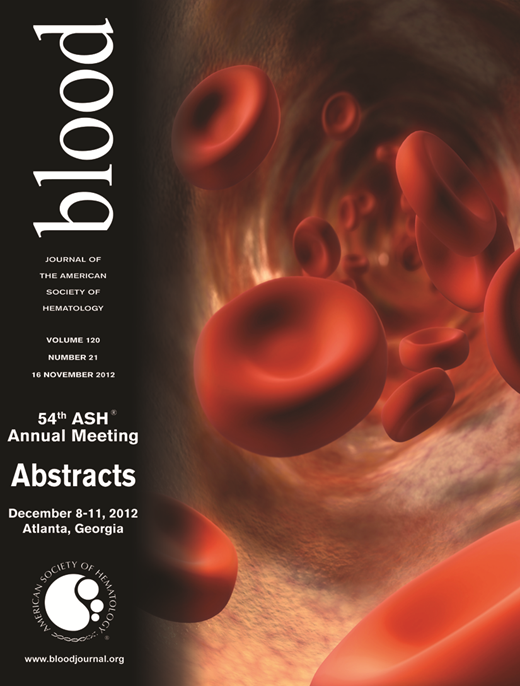Abstract
The differential diagnosis of myelofibrotic disorders encompasses chronic primary myelofibrosis (PMF), myelodysplastic syndromes with fibrosis (MDS-F), acute panmyelosis with myelofibrosis (APMF) and acute megakaryoblastic leukemia (AMKL). Most of these conditions are recognized as distinct entities by the WHO 2008 revised classification of myeloid neoplasms; however, the WHO admits that often a definitive diagnosis is problematic, mostly because of specimens with insufficient cellularity (e.g., “dry tap”). Nevertheless, the correct identification of the most aggressive fibrotic disorders (APMF and AMKL) remains crucial, given their poor prognosis and subsequent need of intensive treatment (including transplantation). Even the most recent molecular studies did not result in any contribution in the differential diagnosis. Here we report our experience on a cohort of about 300 patients who were admitted in our bone marrow failure unit because of cytopenia in the last 7 years. All these patients were evaluated by standard peripheral blood and bone marrow cytology, karyotype analysis and bone marrow thephine biopsy, aiming to a definitive hematological diagnosis. Flow cytometry analysis was performed at initial presentation and then serially during the follow up on both peripheral blood and bone marrow aspirate. All patients were classified according to the WHO 2008 revised classification of myeloid neoplasms, and received the best standard treatment based on the specific disease, age and comorbidities. This report focuses on 8 patients who shared a unique flow cytometry finding of an aberrant megakaryocyte-derived cell population, which seems associated with a distinct disease evolution. Two of these patients received the diagnosis of AMKL according to bone marrow aspirate and trephine biopsy; the karyotype was complex in one case (monosomal karyotype, including a 5q-), whereas no Jak-2 mutation or any other genetic lesions could be demonstrated. Their blast cells were CD34+, CD38+, CD45+, CD117+, CD33+, CD13+; in addition, in the peripheral blood, we detected the presence of an aberrant cell population which was CD45-, CD42b+ (CD34+ in one case and CD34- in the other one). In the blood smear, we observed megakaryocyte fragments which likely correspond to this aberrant cell population, as identified by flow cytometry. Other three patients presented with a severe pancytopenia: all of them had a dry tap, and their trephine biopsies documented a massive fibrosis. They had no previous hematological disorder (one suffered from Behcet syndrome), normal karyotype and absence of any typical genetic lesion (i.e., wild-type Jak-2). All of them did not show splenomegaly, increased LDH or leukoerythroblastosis; their peripheral blood smear showed abnormal giant platelets, often resembling megakaryocyte fragments. Flow cytometry documented in the peripheral blood the presence of a distinct population of CD45-, CD42b+, CD61+ cells, which was also CD34+ in one case. These 3 patients were initially classified as PMF, even if APMF could not be ruled out; however, within 6 months they all progressed to AMKL. At this stage, typical CD34+, CD45+ blast cells were accompanied by a progressive increase of CD45+, CD42b+, CD61+ cells. This aberrant megakaryocyte-derived cell population (which could not be demonstrated in patients with thrombocytopenia) was also identified in 3 additional patients, who have a previous history of hematologic disorders: two had a history of pure red cell aplasia (successfully treated by immunosuppressive therapy), and one a 5q- melodysplastic syndrome (responding to lenalidomide, even with transient cytogenetic remission). In all of them we observed the appearance of CD45-, CD42b+ cells in the peripheral blood, which appeared as giant platelets/megakaryocyte fragments in the blood film; this finding within a few weeks was followed by progression to AMKL (5q- was detected in 2 of 3 cases). In conclusion, we demonstrate that aberrant circulating megakaryocyte-derived cells detected by flow cytometry may be useful in the differential diagnosis of myelofibrotic disorders. These giant platelets or megakaryocyte fragments, regardless the initial diagnosis, were associated with early evolution into AMKL, likely representing a surrogate marker for aggressive neoplasms of the megakaryocytic lineage.
Risitano:Alexion: Membership on an entity's Board of Directors or advisory committees, Research Funding.

This icon denotes a clinically relevant abstract
Author notes
Asterisk with author names denotes non-ASH members.


